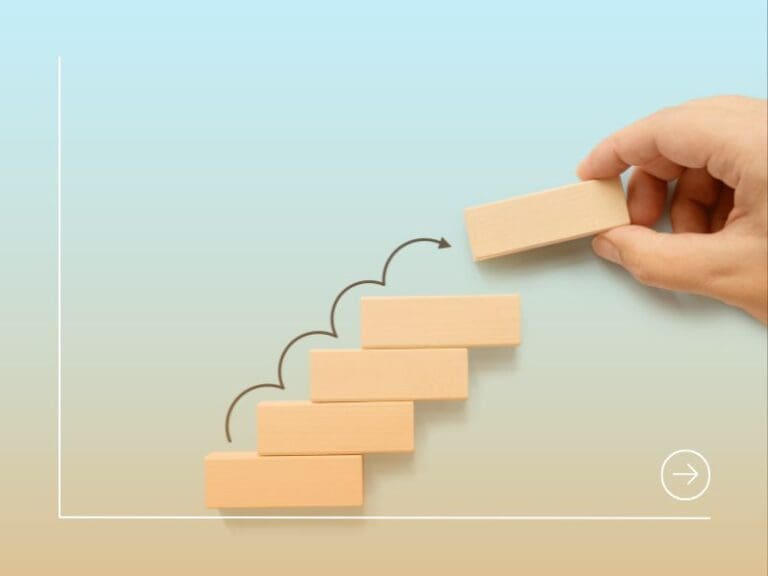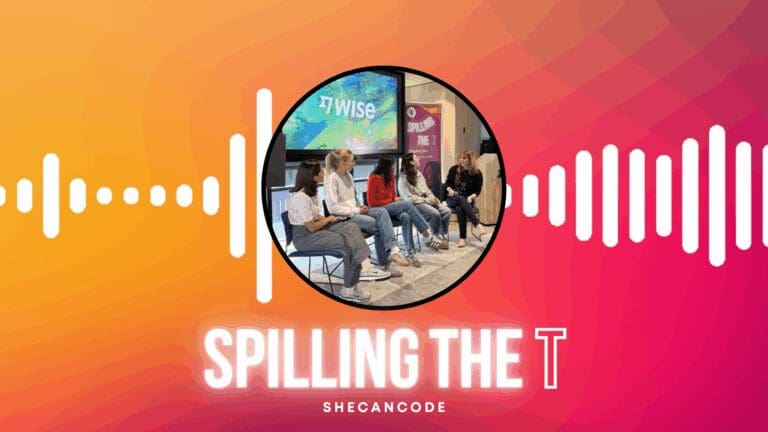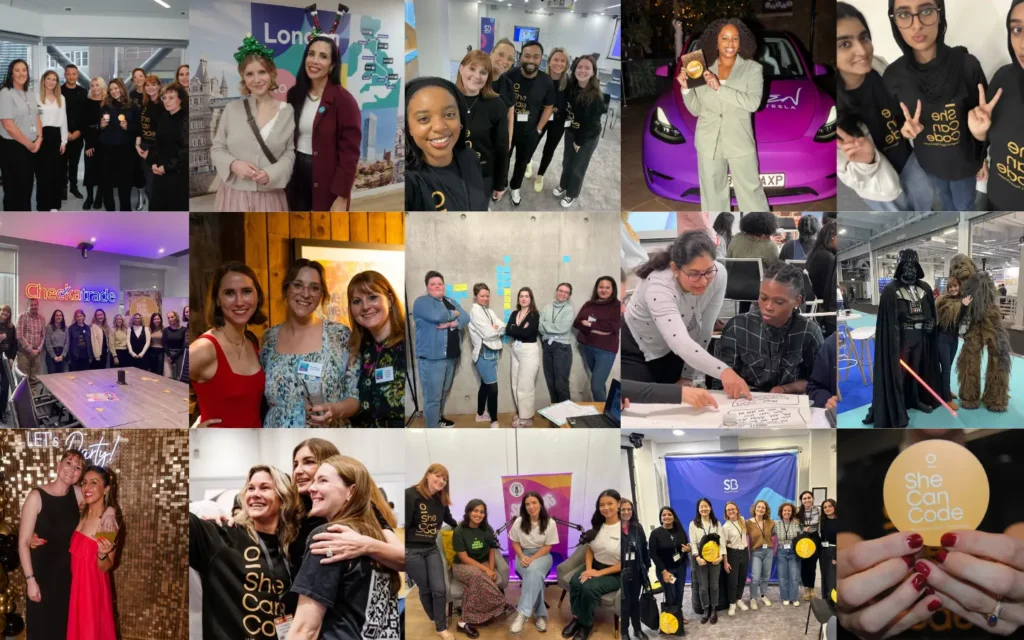The climate tech industry is booming.
By 2030, it’s set to triple in value, making it one of the fastest-growing areas in technology. From the outside, though, a career in this space can look mysterious, even intimidating. People imagine teams of data scientists building models, algorithms spitting out answers, or artificial intelligence sweeping in to solve climate change.
My own experience has been very different. A career in climate tech isn’t what you think. It’s not just about dashboards and software – it’s about people, collaboration, and a constant dance between technology and human thought.
The AI Myth
When I started out, I thought much of the job would be about automation. AI, I was told, could solve climate challenges at scale — generate perfect carbon footprints, eliminate hours of manual work, make everything seamless.
The reality? It doesn’t work that way. AI is a powerful tool, but it’s not a silver bullet. Left to itself, it can produce flawed or even misleading results. The value lies in using it responsibly, with human oversight. Machines can crunch the numbers fast — but it’s people who give those numbers meaning. It also isn’t just about speed, it’s about investing time into arriving at valuable insights.
Behind the Glossy Dashboards
From the outside, climate tech looks sleek: elegant dashboards, tidy reports, automated workflows. But behind the curtain is something far less glamorous — data cleaning. On the surface might sound dull, but this is one of the most satisfying parts of the role.
I learned quickly that “garbage in, garbage out” isn’t a cliché; it’s the job. The raw data is often messy, incomplete, or inconsistent, and cleaning it up is what makes everything else possible. AI helps with a lot of this – but the final tweaks often come from rolling up your sleeves, talking to suppliers.
The Power of Human Connection
The truth is, this career is as much about people as it is about data. Some of my most impactful moments haven’t been spent in front of a screen at all, but in rooms full of suppliers and partners — running workshops, hosting in-person supplier days, listening to stories. Those conversations don’t just strengthen the data; they transform abstract commitments into real action.
If I could give my younger self one piece of advice, it would be this: the most rewarding parts of a climate career come from these human connections. Talking to farmers about their challenges, hearing suppliers explain their frustrations, or listening to businesses share their realities has shaped better tools and smarter decisions.
That’s the unexpected truth about climate careers: they aren’t just about algorithms and dashboards. They’re about empathy, problem-solving, and persistence in the face of complexity.
You Don’t Need to Code to Contribute
One of the biggest misconceptions about climate tech is that you need to be a coder or an engineer to make an impact. I’m not — and yet, some of the biggest changes I’ve influenced have come from listening and feeding back what I hear on the ground.
That feedback has shaped product improvements, making tools more user-friendly and effective. It reminded me that climate tech isn’t just about technical expertise. It needs people from all backgrounds: communicators, strategists, operators, relationship-builders.
By engaging directly with suppliers, we uncover insights that aren’t always visible from standard data requests. For example, some suppliers already offer lower-impact products or have been working at the farm level to reduce emissions, and are excited to showcase these to their customers.
Why Representation Matters
Working in this space as a woman has given me a front-row seat to how diverse perspectives strengthen solutions. Too often, climate tech is assumed to be a playground for engineers and data scientists alone. But the sector thrives when it includes voices from different disciplines, genders, and backgrounds.
From engaging with female leaders at world leading organisations and pioneering climate tech startups, I’ve seen firsthand how women are driving bold, creative solutions in sustainability. Their work proves that innovation comes from diversity, and it’s a reminder that the next breakthrough often lies at the intersection of perspectives.








